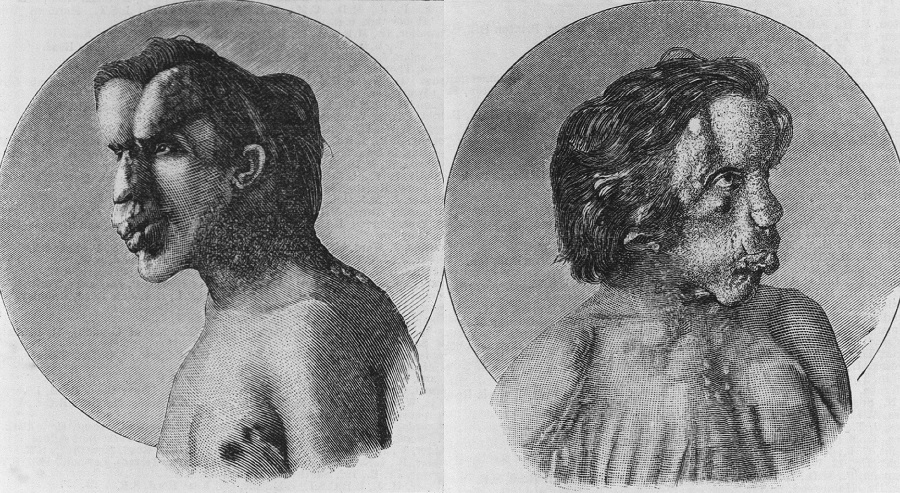In the vast landscape of medical conditions, some capture our collective curiosity due to their enigmatic nature. One such enigma is Proteus syndrome—a rare genetic disorder that unveils a world of seemingly infinite transformations within a single individual. This disorder, named after the Greek God Proteus who could change his shape at will, has puzzled doctors for decades with its unpredictable and diverse manifestations.
As we delve into the world of Proteus syndrome, we unravel its intricate complexities and invite medical experts to share their insights, shedding light on this captivating enigma.
What Secrets Does the Proteus Mosaic Hold?
Proteus syndrome, a rare genetic disorder named by Dr Samuel Cohen in 1979, is characterized by excessive and asymmetric growth of tissues like skin, bones, and connective tissues. It exemplifies a medical mosaic with many clinical manifestations, from gigantism to craniofacial abnormalities.

Bone overgrowth affects the skull, long bones of the arms, legs, feet, and hands.
In the 19th century, Joseph Carey Merrick, famously known as “the Elephant Man,” became an unfortunate exhibit due to the public fascination with rare conditions. Merrick’s own experiences highlighted the dehumanizing treatment he endured, even from medical professionals.

This photograph depicts Joseph Carey Merrick, historically named ‘the Elephant Man’ due to his medical condition, Proteus syndrome.
Image credit: Royal London Hospital Archives and Museum
Chasing Shadows, Seeking Answers
Proteus syndrome has entranced scientists and medical professionals as they strive to comprehend this elusive condition’s intricate mechanisms. While the somatic mosaicism of the AKT1 gene mutation has been linked to the syndrome, numerous questions still linger.
How does this genetic alteration give rise to such astonishing diversity in phenotype? What triggers the sporadic nature of the syndrome? Can we intervene to mitigate its progression or develop targeted treatments?

Proteus syndrome.
Navigating the Diagnostic Dilemma1
Proteus syndrome often eludes diagnosis, masquerading as other more common conditions. Its rarity and diverse manifestations can lead to misdiagnosis and delays in appropriate treatment. Imaging techniques, genetic testing, and clinical expertise are vital in unraveling this complex puzzle. Nevertheless, despite the progress made in diagnostic tools, there are ongoing obstacles in effectively discerning and distinguishing Proteus syndrome from other syndromes characterized by excessive growth.
Can this be treated?
Due to its complexity and rarity, no specific treatments exist for Proteus syndrome. Management primarily focuses on addressing individual symptoms and improving quality of life. Surgical interventions, physical therapy, and psychosocial support are employed to tackle the various challenges of patients. Nevertheless, new insights into the molecular pathways involved in Proteus syndrome may open doors to targeted therapies and personalized treatment approaches.
Calling all doctors and specialists!
Your expertise is needed to shed light on the mysteries of Proteus syndrome. What insights do you have regarding its complex manifestations and genetic underpinnings? How can we improve diagnostic accuracy and develop targeted treatments for such skin diseases? Comment your thoughts below and be part of this transformative discussion.
References
- Five strange, rare, and fascinating medical conditions. [Cited: May 23, 2023]. Available from: https://www.medicalnewstoday.com/articles/323395#_noHeaderPrefixedContent
- Proteus syndrome. [Cited: May 23, 2023]. Available from: https://medlineplus.gov/genetics/condition/proteus-syndrome/#causes







